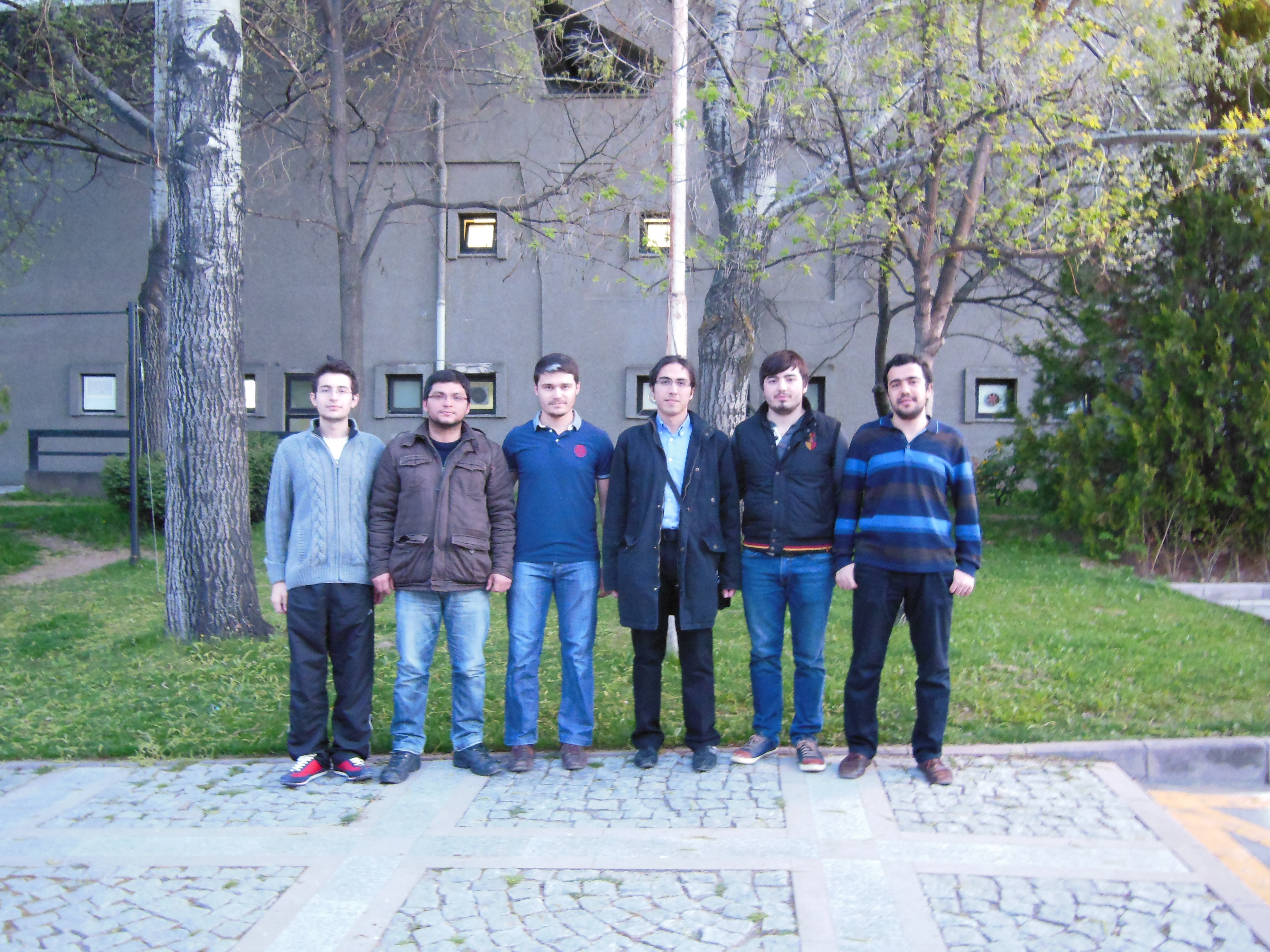SATRA
< Projeler Sayfası
Proje Adı
Yörüngedeki Cisimlerin Optik Sistemler Aracılığıyla Otomatik Takibi
Şirket Adı
TAI
Şirket Mentoru
Burak Akbulut
Akademik Mentor
Prof. Ömer Morgül
Asistan
Merve Begüm Terzi
Takım Üyeleri
Samet Aydın, Çağdaş Güzenge, Ahmet Kaya, Evren Can Kovan, Kenan Yurtçu, Önder Kayhan

Summary
Over the past few decades, as a result of the increase in the number of man-made satellites sent to the Earth orbit and their decreasing sizes, tracking of those satellites has been became more necessary and hard. In this project, the main objective is to track the International Space Station (ISS) and to display its live images on a digital platform. Using a telescope for tracking satellites, a CCD camera for obtaining digital image of targets and auxiliary hardware peripherals like telescope mount, computer, etc., was planned. Using various algorithms for different targets, instant position and velocity data will be generated and then transformed to look angle data (altitude and azimuth data) to form a trajectory.
According to altitude and azimuth data, the telescope adjusts its orientation to desired orientation. Then, live images were sent from CCD camera to computer and verification algorithm checked whether the telescope is on the image or not according to the brightness of the object. After tracking starts, in order to centralize the image of the satellite on the whole image, image processing was used.
The system provides the information of the name, orbital elements and trajectories for all targets and also up-to-date TLE data for satellites. In addition, tracking program lets the user know when a target will be observable from the observation point according to the prediction algorithm and satellite-Earth-Sun geometry.
We became successful at capturing and tracking the Moon and naked eye planets. Final goal in this project is to observe and track ISS (International Space Station) successfully, which is the largest man-made object in sky with 7.67 kilometers per second speed and 92.77 minutes orbital period and 109-meter truss length. At the end of project, tracking other man-made satellites, celestial objects and acquiring their live and centered images are aimed.


